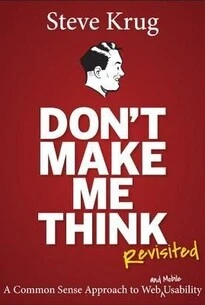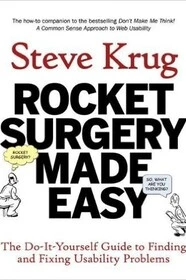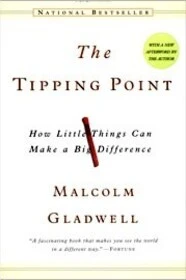In “Don’t Make Me Think, Revisited: A Common Sense Approach to Web Usability,” author Steve Krug presents a practical guide to improving website usability. The book emphasizes the importance of making websites intuitive and user-friendly, encouraging designers and developers to prioritize simplicity and clarity.
Krug’s central message is that websites should be self-explanatory and require minimal effort from users. He argues that users should be able to navigate a website effortlessly, without having to think too much or waste time figuring out how it works. By following his common-sense principles, web professionals can create better user experiences and increase customer satisfaction.
I actually went to a day course with Steve Krug in London. He was a great speaker and I learned a lot from him. I would recommend his book to anyone who wants to improve their website usability.
Key Points
- Simplicity is key: Websites should be designed with simplicity in mind. Users appreciate straightforward interfaces that are easy to understand and navigate.
- Clear navigation: Intuitive navigation allows users to quickly find what they’re looking for. Well-organized menus, clear headings, and logical links contribute to a positive user experience.
- Eliminate distractions: Avoid cluttering websites with unnecessary information or features that distract users from their intended goal. Keep the focus on essential content.
- Use effective visual cues: Employ visual cues such as buttons, icons, colors, and typography to guide users through the website and indicate interactive elements.
- Test early and often: Regular usability testing helps identify potential issues before they become significant problems for users. Testing should be an ongoing process throughout the development lifecycle.
- Mobile optimization: With the rise of mobile devices, it’s crucial to optimize websites for different screen sizes and platforms to ensure accessibility across all devices.
- Accessibility matters: Designing accessible websites ensures inclusivity for all users, regardless of disabilities or impairments.
About the Author
Steve Krug is an expert in usability design with over 25 years of experience in the field. He has worked with numerous clients, including Apple, Bloomberg, and NPR. Krug is known for his straightforward and practical approach to web usability, which he shares through consulting, speaking engagements, and writing. “Don’t Make Me Think” has become a classic reference for web professionals seeking to create user-friendly websites.
I score this book 5 moons: 🌕🌕🌕🌕🌕







